Three dimensions to take into account for climate-smart applications
Written by Aída Palomo in collaboration with Revista Roast
After we discussed the overview of “The Intersection between climate change and coffee digitalization” in the previous two sessions, as well as tools that have been developed for specific contexts, geographies and communities, in our last session we asked Saurin Nanavati from Ethos Agriculture, Kahlil Baker from Taking Root and Hanna Neuschwander from World Coffee Researchhow we could scale these tools and how the coffee community could become part of the solution to climate change. They not only answered these questions, but also put on the table at least 3 dimensions in which we need to focus and act as soon as possible.
Credits: Taking Root
The Local / The Global
The great potential of the coffee industry as a solution to climate change has to do with its ability to implement changes within the supply chain to create real and measurable impacts, for example, in carbon sequestration and mitigation or adaptation. Scaling a digital tool, however, is done from the perspectives and objectives of specific actors (a roaster does not want the same thing as a producer). Thus, although we can recognize the many benefits that the local design of a tool brings, the investment and cost of developing that tool or platform requires it, to be affordable, used and adapted in many more locations. The global use of tools that have been locally successful brings challenges, in particular, not always achieving the desired objective corresponding to the characteristics of the new location.
The proposal: let's find key indicators and establish the impact we want for the entire industry. How much forest land we want to protect, how much carbon we need to remove from the supply chain, and so on. The invitation is to think globally by working locally.
The traditional / The digital
Digital tools coexist all the time among the solutions for our daily activities. Their intention is to make them more efficient: to make them faster, more reliable and measurable, not simply to replace them. Digitalizing processes in coffee is having access to data, converting it into information and, finally, knowledge. The possibility offered by technology to take data that producers have had and used for dozens of years, create statistics and process it in such a way that helps to scale and generate knowledge is where its potential lies as a tool against climate change. These scientifically-based models, however, become more relevant as soon as they are confirmed by the producers, that is, when they recognize that these models represent their reality and understand the information they have, its value and what they can do with it.
The proposal: bring digital to earth, make it tangible, demonstrate its real effects and value to producers. Facilitate the processes to obtain information and empower the producers as main owners of all this.
The design / The implementation
The tools that are successful at the local level are characterized by the fact that the community was part of their design and implementation. The success behind the adoption of a tool is in the creation of trust, in ensuring that the information is inclusive and that the community has a voice over it. The objectives of the tech developers and their final users may be different, however, taking both approaches into account is not impossible. Producing communities are partners, allies and not beneficiaries. They are the ones who, originally, collect the information and feed the digital tools. The information they produce should empower them to make better decisions for themselves and for the entire chain.
The proposal: if you want to fight against climate change, the resources against climate change must flow towards the land, towards the origin, towards the producers. Not only in the form of carbon credits, but in premiums or direct cash payments. Create long-term commitments to origin, support them and allow time for digital solutions to achieve what is desired.
This and much more has been discussed during the session of the event on April 22, 2021. Recordings of the webinar are available on our YouTube Channel.


